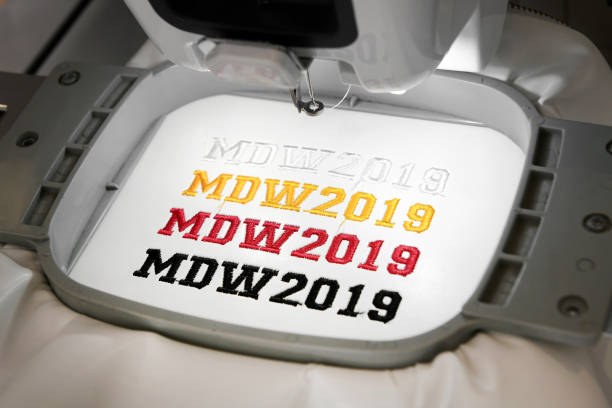If you want to create embroidered items, you can digitize them using different types of software. Some of these programs can also help you to design embroidery patterns by adjusting the underlay. Without the proper underlay, your designs will be distorted or have less density, and the result will be a poor image. Choosing the right underlay is essential for the process of embroidery digitizing.
Some digitizing programs offer a variety of stitch formats. A condensed format allows the machine to read scale and density of stitches. It also allows the machine to determine how many threads are needed to cover an area. If your design is more detailed, you should use a more detailed format.
Some software packages also offer a column stitch option. In general, a condensed format will give you a better chance of achieving the best quality, while a standard format will allow you to work with a limited number of colors.
Flat embroidery is an option for beginners. It doesn’t distort images and is best suited for more complex designs. Puff embroidery, on the other hand, is a common method for embellishment and is more subtle. While the stitching may be more subtle, it can still produce a high-quality design. For example, it will not distort a logo or image. 3D puff embroidery digitizing uses foam to raise the surface of the design. This technique works best for intricate designs that require multiple stitches.
There are two main types of Embroidery Digitizing:
outline and expanded. Outline files are specific to embroidery software, while expanded formats are more generic. Outline and expanded files can be edited using any program. A basic format will not be editable. The other option is to choose a free-form file, which allows you to create multiple layers of stitching. A single stitch can hold thousands of stitches, and you can create many designs if you use this format.
The types of stitching in embroidery depend on the type of fabric and the bobbin thread used. Whether it is a fabric that is bulky, or a thin fabric, the stitching is a complicated process. When you do it yourself, it is important to take your time. If you, do it wrong, you can end up with a design that is not what you intended to create.
There are three major types of embroidery digitizing. Essentially, there are four basic types: outline, expanded and outlines. Outline formats, or outlined format, are used for a design that has multiple layers. An outline format is used when you want to make a single design that covers a wide area. If you’re creating a pattern, you can adjust the size in an advanced program to make it fit.
There are two main types of digitized files that can be used to stitch the designs. These files may be in different formats. Embroidery software will translate your image into a language that embroidery machines can understand. Depending on the type of digitized file, you can also customize the stitches to match the design. Some software will allow you to create multiple versions of a design or create a custom embroidery pattern.
Object-based file. The object-based format allows you to save different sizes and shapes of embroidery files. Object-based format: Unlike stitch files, an embroidery digitizing file has an object-based structure. An image is saved with important information. An embroidered file is easier to edit and maintain. You can select a customized or unlimited size for an embroidered design to make it as unique as possible.
Flat-based digitizing. This type of embroidery involves applying a pattern stitching directly onto the fabric backing. A flat-based file, on the other hand, has an elaborate flat design. The process of flat-based embroidery requires the use of a sewing machine. You can even apply a logo and text in a custom-made design. There are many benefits of custom-made apparel and accessories.
